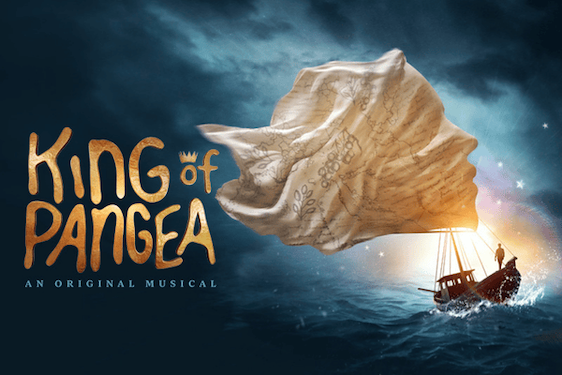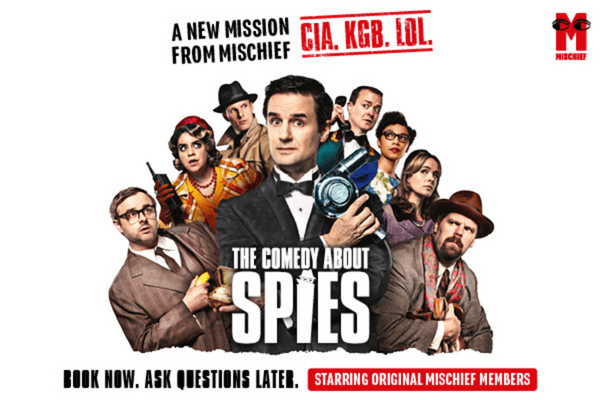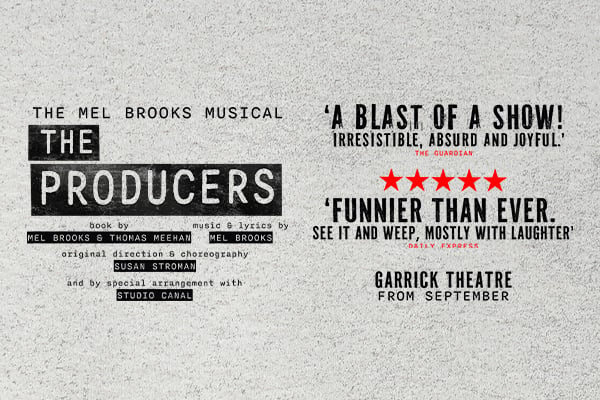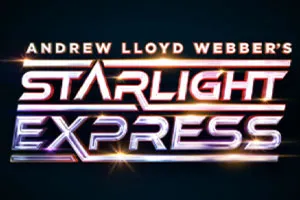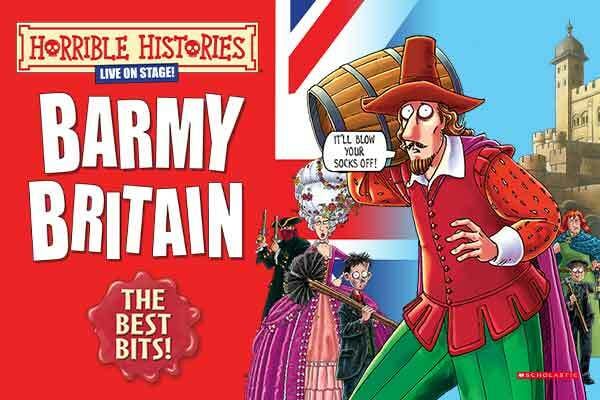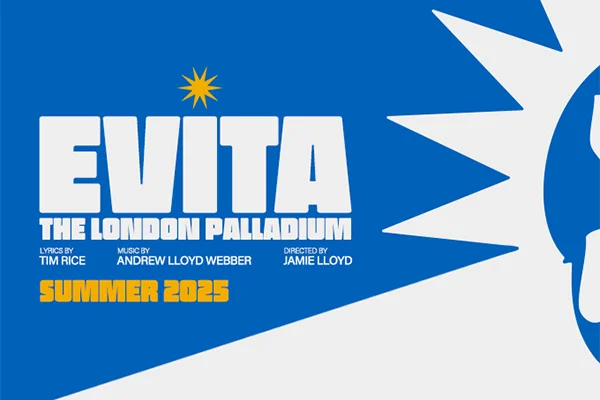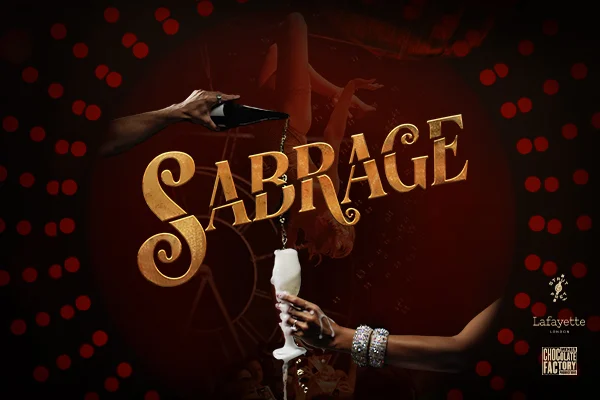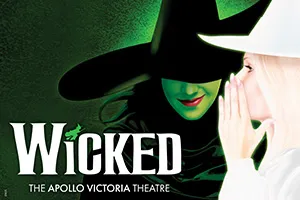When two particles collide – or bump together – they are forever marked by each other: inseparable, unified, joined at the hip, like star-crossed lovers whose destinies are henceforth forever entwined.
A particular highlight sees the ingenious juxtaposition of a David Attenborough nature documentary audio played over a mundane minute of Ian and Eliana’s lives
Thus when Eliana crashes into the back of Ian’s car (the first of many allusions to the act of bumping), he thinks that they are intended to stay together by some omnipotent force – that their lives have become interlaced for a reason and that, like figure skaters, their paths will overlap forever more again and again and again.
Whilst Ian (Andrew Hollingsworth, who also wrote the play) makes every effort he can to solidify this “relationship”, pestering with relentless texts and impenetrable optimism about their proposed future with each other, Eliana (Oriana Charles) can’t help but be more cynical. But whether or not she believes in the validity of Ian’s chemical equation, she cannot seem to deny that there is chemistry of some sort between them – that something magnetic is surely gravitating them towards each other. Or is it all just chance?
Bump stands out for its stylistic execution. What begins with an almost Beckettian opening soliloquy emerges into a fast-paced and exhilarating contest of dialogue. The actors are constantly competing to share their thoughts with the audience, and their raw scattered conversations are riddled with humorous asides to us in which they reveal their true feelings. Often they speak at the same time, or they overlap in thoroughly inventive ways, or they divulge to us entirely opposing views to what they are actually saying to each other.
This is a highly physical piece – fragmented scenes of dialogue are dispersed among physical theatre “montages” that show the passing of time and the growing differences between Ian and Eliana. The choreography is fantastically fast-paced, and Charles and Hollingsworth move in pristine levels of synchronisation. Credit must also go to technician and stage manager, Daniel Gronner. The technical side of the production is faultless, particularly during the physical theatre segments, with perfect imaginative uses of sound and lighting. Each and every cue has been meticulously mastered.
Charles and Hollingsworth have strong, tangible chemistry that radiates from the stage. Charles’ sceptical teacher counters well against Hollingsworth’s lazy but cheerful PC World worker, but it would be helpful to see these characters fleshed out a little bit more. How does Ian survive so comfortably when he seems to skip work so often? And what exactly does Eliana do when she “works” with children?
Hollingsworth’s script is filled with clever gags. A particular highlight sees the ingenious juxtaposition of a David Attenborough nature documentary audio played over a mundane minute of Ian and Eliana’s lives. But whilst these non-verbal montages are strong, unfortunately the dialogue between the two leads occasionally drift into cheesy cliches. It would be good to expand on the more quirky snippets of conversation, to delve deeper into the more routine aspects of these characters so that we could explore their compatibility on a more intimate level (the high-octane messy sex scene notwithstanding).
The questions could be bigger. Is Ian’s romantic mantra about fate outdated and unrealistic? Does Eliana represent a modern cynic about love, or is she battling commitment demons of her own? Is it deliberate that Ian’s name fits right in the middle of Eliana’s, or is this yet another example of the raging war between improbable coincidence and divine providence?







